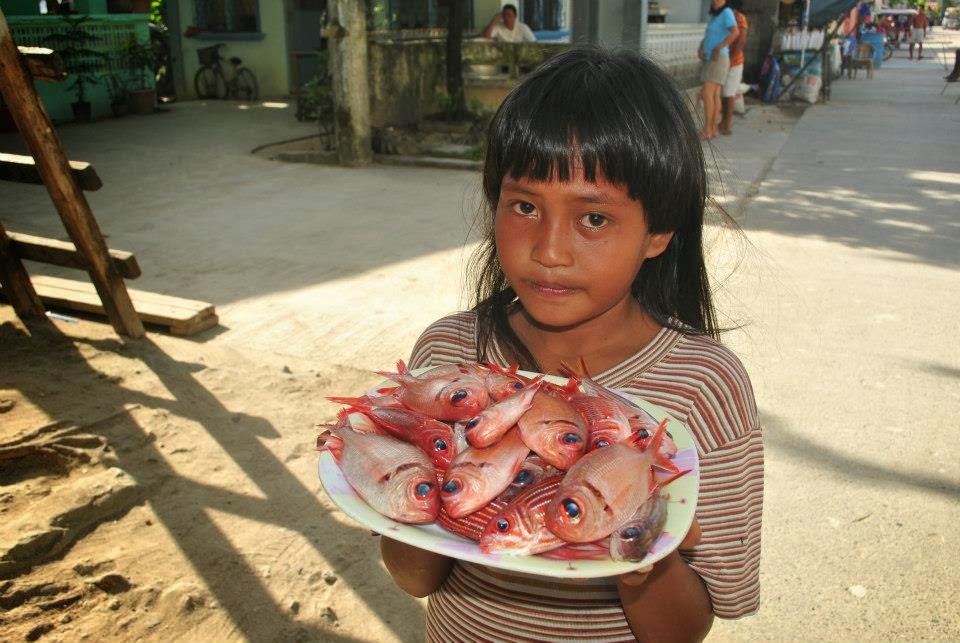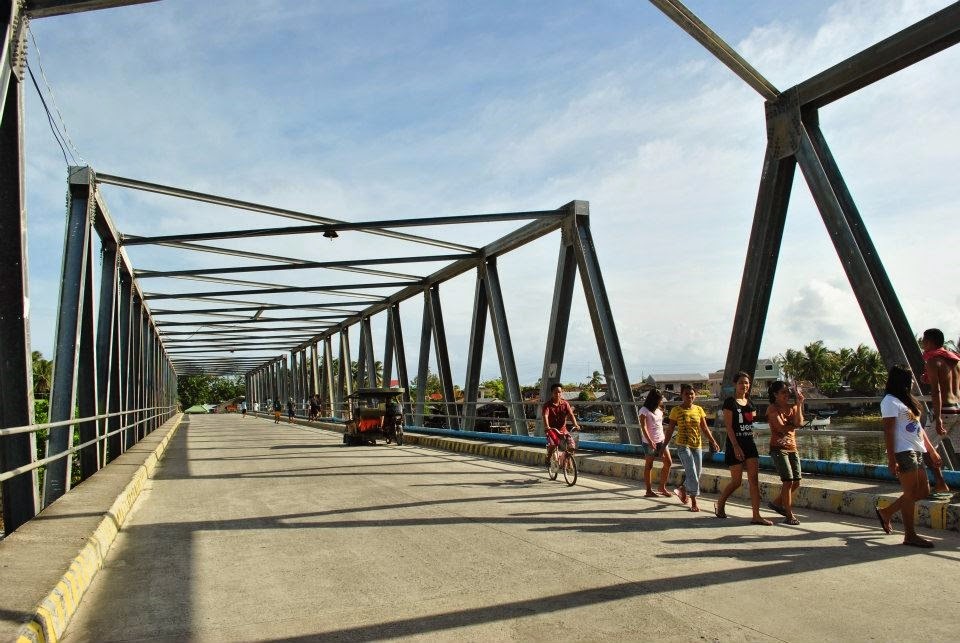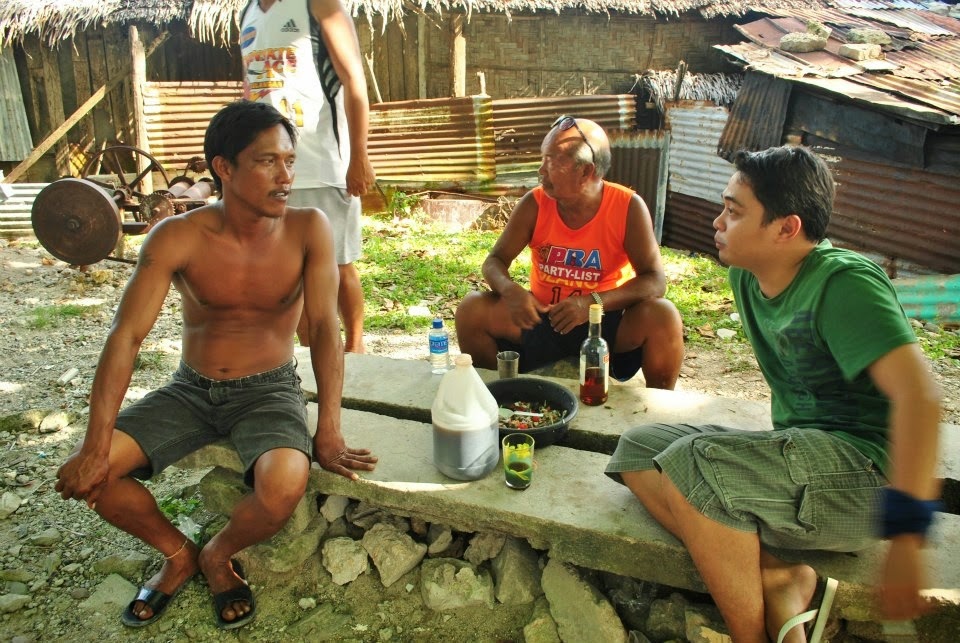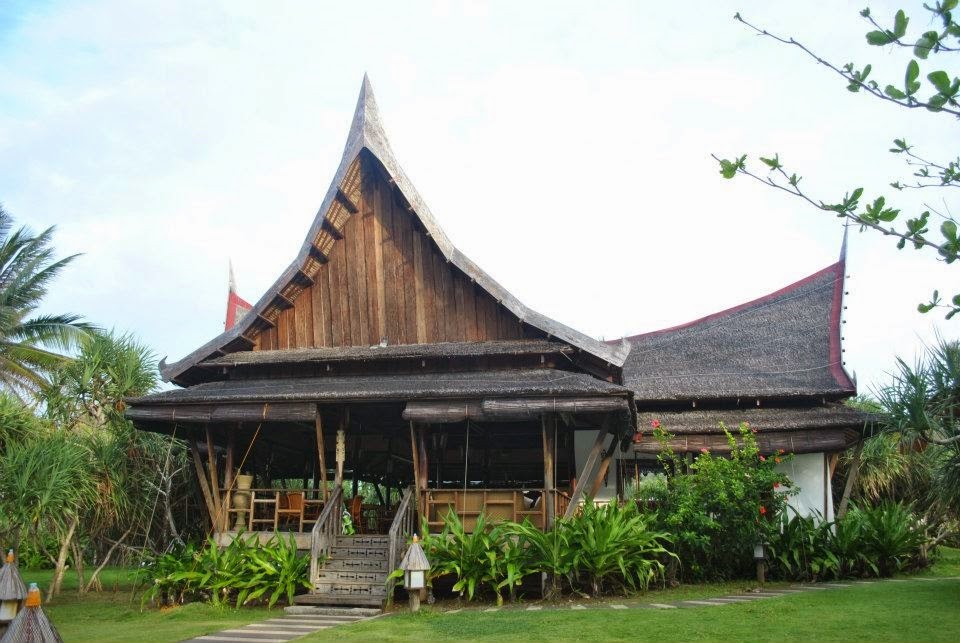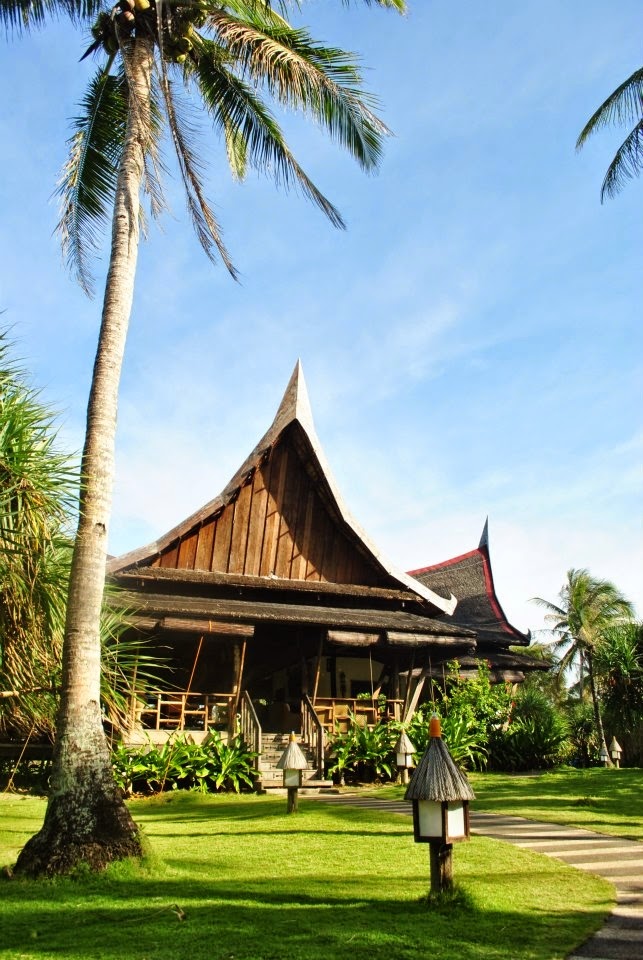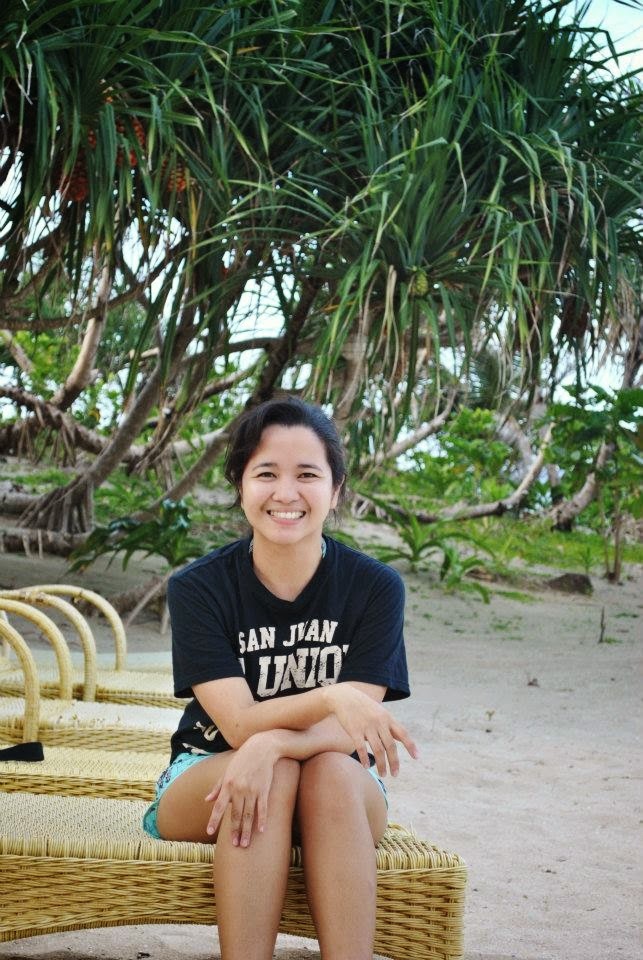Growing up in a small, remote village in Catanduanes made me appreciate the value of travel through books and dreams.
I remember leafing through my Sibika at Kultura book -- making sense of our country's history and culture, and enjoying the pages showing the"Magagandang Tanawin ng Pilipinas."
Back then, my idea of Manila was not about huge shopping malls or skyscrapers or traffic jam. Manila, back then, was about Luneta and Fort Santiago.
Early on, the books taught me that the Philippines is dotted with famous tourist spots like the Banaue Rice Terraces, San Juanico Bridge, Magellan's Cross, Maria Cristina Falls, and Chocolate Hills.
More than anything, books taught me to dream.
For the past five years, I've been fortunate to have visited all the destinations that I have once read about and dreamed of seeing when I was a kid.
But my travels did not end there. Instead, I challenged myself to visit the more remote destinations in our country. I dared myself to visit 80 (of the 81) provinces of the Philippines before I turn 30 years old, a challenge I have completed last year.
Let me share with you some discoveries and lessons I learned while doing the 80 before 30 challenge.
Travel is an amazing "selfie" experience
Each of us has varied personal reasons why we travel. It could be leisure, adventure, learning, escape, or to move on...Whatever the reasons are, they're legitimate.
And when already on the road, one best advise I could give is... just enjoy it!
Avoid comparing your experience with others. All because the experience you had in each place you go is uniquely yours.
It's better to avoid asking the question: Are you a tourist or a traveller? You travel when you go from point A to point B or when you move from one place to another.
Somehow, it upsets me whenever I hear other people putting labels on the experience of others. I feel it’s a little arrogant, and even elitist, to define a person’s travel experience based on the amount of time he/she spent at a certain place. The thing is, you cannot directly measure or quantify the degree of affinity to the place by just the time of immersion alone. What matters is the unique experiences you get when you travel.
Again, those travel memories you had are yours and yours alone. No one can take it away from you.
Example:
1. My one month vacation in Palawan may be as meaningful as the 24-hour trip by a restless corporate employee.
2. A crowded Boracay for some may be the most silent or peaceful place for a girl who's mending a broken heart.
3. A difficult trek to a mountain may be source of healing for others.
4. A grand trips in Europe may have the same value as someone else’s backpacking stories to the remote villages in South East Asia.
5. Or the sunset chased in El Nido can be as magical as the sunset witnessed in Tawi-Tawi.
Travel as an alternative classroom
You will learn and see the real situations of a certain place when you travel.
Example:
1. It's like how I was told and saw first-hand the black sand mining in Cagayan Valley
2. How the local people in Palaui Island opposes the project to build a concrete road in their small island
3. Learning about the inside stories of the "kingdom" at Dinagat Islands
4. The declining marble industry in Romblon
5. The senator involved in illegal logging in many parts of the country – like in Cagayan, Samar and Surigao del Sur.
But travels will also make you look beyond the headlines.
1. Zamboanga City, for me, is not about tanks and bombs and some renegade group. Zamboanga is about the beautiful afternoon I spent at Paseo Del Mar, watching the sunset while devouring my knickerbocker.
Travel as a way to document history
I encourage travelers to document their journey through books, blog or photography.
The experiences and photos we gather from our trips become part of the collection of information in this eternally evolving world. The landscape and people we captured last year may not be on the same spot next year.
Write about your travels and bear witness to the evolution of the each place we go.
Example:
1. How each time I visit Calle Crisologo in Vigan, something new is added and something old is lost.
2. The apparent demise of many rice terraces in the Cordillera Region.
3. The changing landscape of Mayon Volcano or cityscape of Baguio.
4. Destruction of the dive spots in Palumbanes Island due to illegal fishing.
Travel as a way to debunk stereotypes
Very often, we are dissuaded to travel because of the common notion and stereotypes we read or hear from other people.
The best way to find out if it’s true or not is to pack your bag and go there.
Example:
1. Mindanao is often portrayed notoriously in the news for bombing and kidnapping. Yes, there are some volatile areas in the Southern part of the Philippines, but Mindanao is generally a peaceful region to explore. Discover Camiguin Island, Dapitan, Lake Sebu in South Cotabato, Sarangani Bay, and Surigao provinces.
2. Several areas in Visayas are out of the tourist trail because of fear for "aswang" and "barang." Tell you what, Siquijor, Capiz, and Antique have been some of the safest places I've been to. Siquijor is even one of my most favorite destinations.
Travel as a way to restore faith to humanity
There is no shortage of kindness on the road. The supply is everywhere.
Example:
1. Meeting strangers who'd offer free overnight stay or free food or coffee to a weary solo female traveler
2. Encounter honest drivers in Davao City and Baguio
3. Meeting hard-working tour guides
But what if you bring kindness with you on the road?
1. The next time you travel, take with you biscuits or candies, or other small treats. Share. This is a sure way to win the hearts of others, you’ll meet along the way.
2. Offer to take a photo of tourists who are having a hard time snapping a group selfie.
3. Get the address of your tour guide and mail him/her a thank you note after your trip.
4. Instead of haggling for a cheaper ride, why not give a habal-habal (motorcycle taxi) driver a generous tip?
5. After a day trip to a remote beach, take time to smile and thank the boat driver for safely taking you there.
Travel is challenging, but a very fulfilling pursuit
My road trips around the Philippines are not always entirely picture-perfect as it may seem. Most of the time, traveling via public transport entails some sacrifices. But going through these discomforts make every trip even more worthwhile.
Example:
1. Like being in a van with poor legroom and busted air-conditioning with pesky insects crawling on my shirt
2. Having to stay in a cramped motorboat alongside smelly poultry or a drunk passenger
3. Or to straddle in a 3-hour, butt-numbing habal-habal ride.
Travel will change you for the better
The best souvenir you take home from your trip are often nothing material.
1. It's the humility and life lessons you get from those fleeting moments you were out there interacting with the local people.
2. It's the appreciation for simple and quiet life in the countryside that you wish could be replicated in this fast-moving city.
3. It’s the renewed appreciation for the raw beauty of nature and hoping that it could be preserved and protected.
4. It's the genuine desire in your heart to act on some pressing issues that you've witnessed firsthand while traveling. Then start a worthwhile campaign (Ex: BookSail).5. It's the appreciation to the place you always want go back to, the one you call HOME.
Travel as much as you can, while you’re young. And be changed forever.
--------------------------------------------------------------------------------------------------
Note: I first shared this piece during my talk at the Geographic Society of the University of the Philippines' Alternative Classroom Experience (ACLE) event last October 23 - UP Diliman





















.jpg)


















.jpg)

